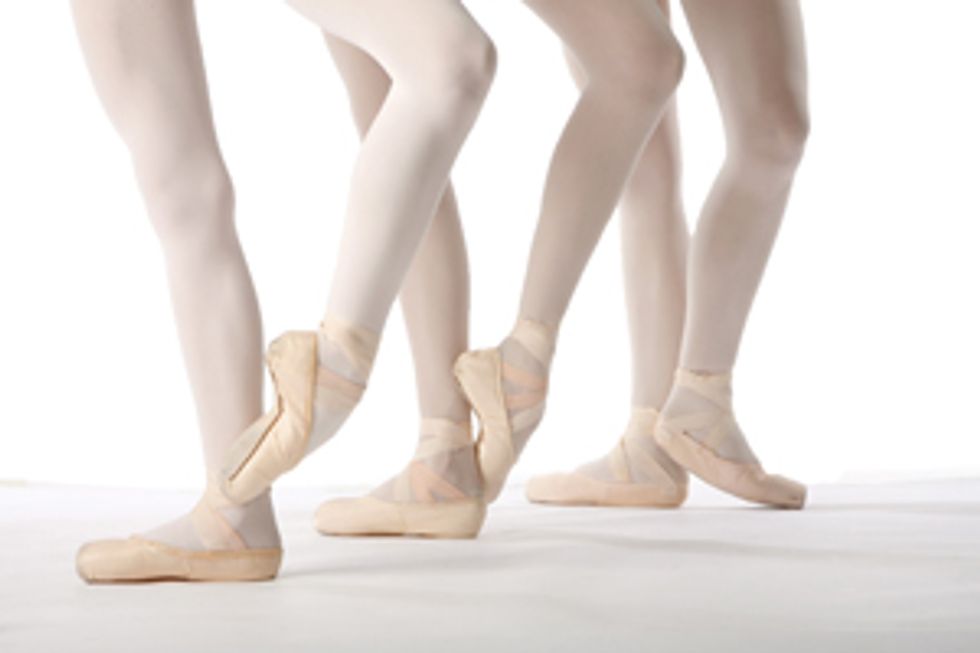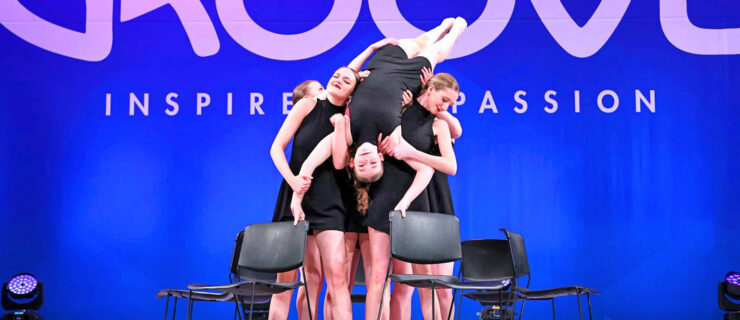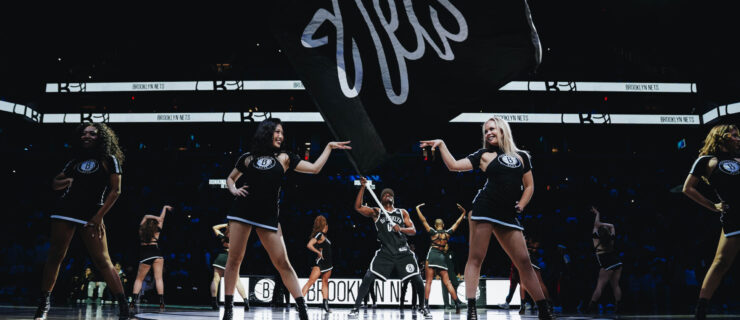Wrap Artist

(L to R) Devant (pointed), devant (wrapped) and relaxed (Erin Baiano)
Sur le cou-de-pied (French for “on the neck of the foot”) can be so confusing. Sometimes it’s wrapped. Sometimes it’s not wrapped. Sometimes it’s relaxed; other times, fully pointed. You’ll probably be asked to do all of its various versions at some point in your ballet career. But how can you keep them all straight? And how do you know when to use which type? Read on to learn the sur le cou-de-pied basics.
The Positions
Here are the four basic sur le cou-de-pied positions:
• Devant (pointed).
Point the working foot and touch its little toe to the front of the standing leg just above the ankle bone.
• Devant (wrapped).
Wrap the working foot around the standing leg’s ankle, with the heel forward and the toes back.
• Derrière.
Touch the working leg’s ankle bone to the back of the standing leg’s ankle bone, with the working foot’s toes pointed.
• Relaxed.
Relax the ankle of the working foot and touch its heel to the standing leg, just above the ankle bone.
How They’re Used

American Ballet Theatre’s Julie Kent demonstrates sur le cou-de-pied derrière in Les Sylphides. (Marty Sohl)
How and when you use sur le cou-de-pied varies from style to style. The Russian school uses a wrapped foot for frappé and petits battements, for example, while the French and Italian schools use a relaxed ankle for frappé. Most styles begin développés with a wrapped sur le cou-de-pied, but in Russian technique the toe comes up the front or back of the standing leg, while in the French and Italian styles it continues up the side of the standing leg.
Teachers usually have preferences about when each position should be used. But if it’s permitted, experiment with the different variations of sur le cou-de-pied to see which work best on your body. Some of them have benefits you might not expect. If you’re not a great jumper, for example, try using a relaxed ankle during frappé exercises on flat. The relaxed ankle makes the metatarsals and toes work as you brush against the floor. “It activates those muscles so that when you jump, you’re using the lower foot to really point in the jump,” says Raymond Lukens, a teacher in the pre-professional division at The Jacqueline Kennedy Onassis School at American Ballet Theatre. The extra bit of point from the lower foot will add height to your jump, as well as polish to your line.
You can also use sur le cou-de-pied to help present your legs and feet. “If you’re stepping up to sous-sus, go through that scooping around the ankle joint before you step forward,” says Sarah Van Patten, a principal at San Francisco Ballet. “It adds a pretty little flourish—the foot comes up and around, rather than just lifting off the floor.”
Still Confused?
Figuring out how to work the foot in sur le cou-de-pied can be tricky, especially when you go away to a summer course and find that it’s used differently than the way you were taught. As a student, it’s to your advantage to learn all uses of the position—not just because you’ll be more versatile, but because doing so will help you gain strength in your feet and ankles and learn about maintaining alignment. “If you only work with a wrap,” Lukens says, “you won’t extend the foot fully and develop flexibility in the ankle. On the other hand, a dancer who works mostly in the pointed variations might end up sickling her feet.”
“It’s important to be versatile,” adds Kara Zimmerman of the Joffrey Ballet. “As dancers we need to be able to adapt quickly so we can be ready for whatever is asked of us.” Though it may feel confusing, practicing frappés with a relaxed ankle one day and a wrapped foot the next can only help you. Training that way will improve your versatility.
Sur le cou-de-pied is not a position you’re typically in for a long time. But a transition step is as important as any other. “Doing it well,” Zimmerman adds, “can be the difference between a clean, refined dancer and a sloppy dancer.”




